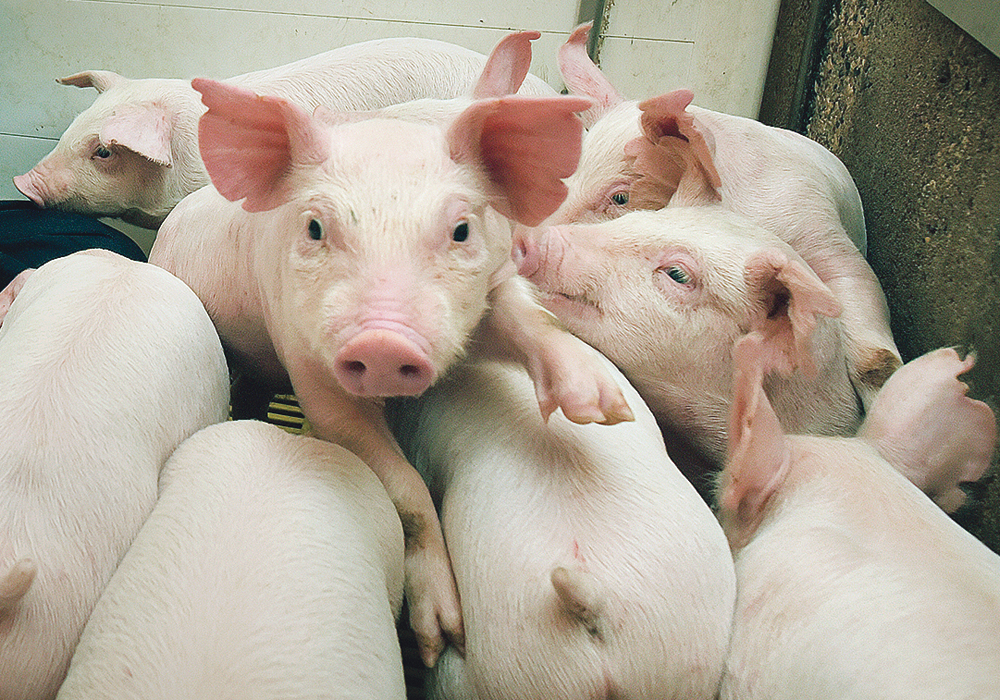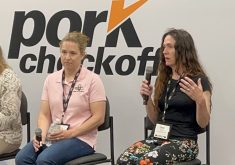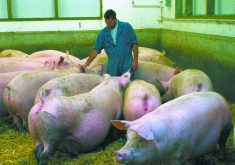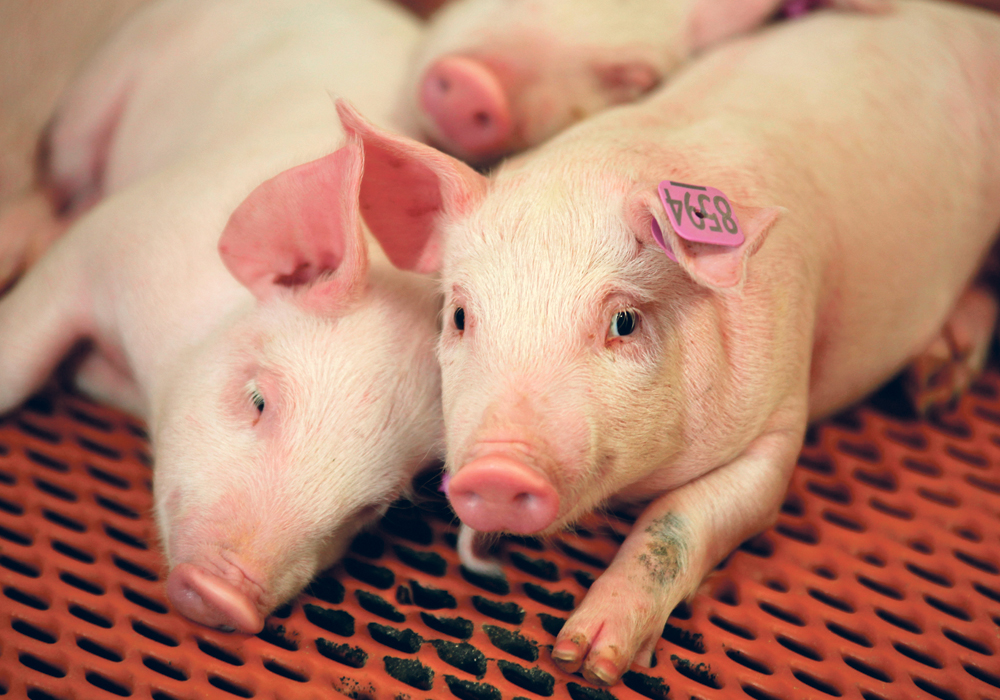The affected farms have a few things in common, but no firm links regarding potential spread are evident
A few answers and more questions have emerged as investigations continue into Alberta’s four cases of porcine epidemic diarrhea virus. The fourth case was confirmed March 15, two days after a provincial briefing on the first three cases.
Investigators in the provincial chief veterinary office and Alberta Agriculture have ruled out several ways the virus could have infected three of the four operations since January, but the source remains unknown and may never be determined.
“In many cases we cannot prove the exact source of the virus and only come up with a short list of entry by ruling out other possibilities and this has been the experience of other jurisdictions,” said chief provincial veterinarian Dr. Keith Lehman.
Read Also

Beef check-off collection system aligns across the country
A single and aligned check-off collection system based on where producers live makes the system equal said Chad Ross, Saskatchewan Cattle Association chair.
“Ideally we would all like to find that smoking gun or that obvious indication of where it came in, but sometimes that’s just not possible.”
Dr. Julia Keenliside, an epidemiologist with Alberta Agriculture, said the three earlier affected farms have a few things in common, but no firm links regarding potential PED spread are evident.
The first case was confirmed Jan. 7 northeast of Calgary. The second barn affected, confirmed with PED on Feb. 21, was about 300 kilometres from the first case but within 30 kilometres of the third premises affected. The third case was confirmed March 1 and a fourth appeared March 15.
With regard to the initial infected premises, Keenliside said investigations showed no transport links to Manitoba, Ontario or the United States, which are all locations where PED has been found.
“Once we ruled out transport, we started looking really closely at feed,” she said.
“We started looking at the ingredients. Many of our ingredients for feed do come from areas where there are PED (cases)…. Some of our other feed ingredients such as micronutrients such as lysine actually do come from China. And also porcine plasma … was being fed on this farm.”
The farm with the second case, in southern Alberta near Lethbridge, used a different assembly yard, slaughter plant and truck wash than the first case, causing investigators to once more consider feed and feed ingredients as a possible vector. However, results from tested samples were inconclusive, Keenliside said.
She added that porcine blood plasma can’t be ruled out as a possible vector, given that it is thought to have introduced PED in Ontario in 2014.
The third farm, about 30 km from the second infected farm, shared some connections with that farm and a transport link is likely but not confirmed, she added.
In all cases, Keenliside said producers and veterinarians spotted signs of illness early and acted quickly, even when they did not initially think PED was the cause of diarrhea symptoms they had observed.
The first infected farm chose to depopulate and the other two are working through the cleaning and disinfection process but clinical signs of PED have ceased. Animals were tested for viral shedding before they were allowed to be shipped, said Keenliside.
Lehman acknowledged producer concerns about the speed of information from the province.
“Our key priority is to stop the movement of the disease as early on as possible,” he said, adding that notification is the next step.
“If you are not the first person to be notified you should be thankful. It means that you are not at the highest risk. I understand that we would all like to be the first to know and to have that intimate knowledge of what’s going on, but if you didn’t receive a direct email or phone call from us, it means that you are not at immediate risk and you should feel quite fortunate about that.”
The strain of PED virus affecting Alberta hog operations is one also seen in the U.S. Further tests will determine whether it is the same strain seen in Manitoba and Ontario hog operations.


















